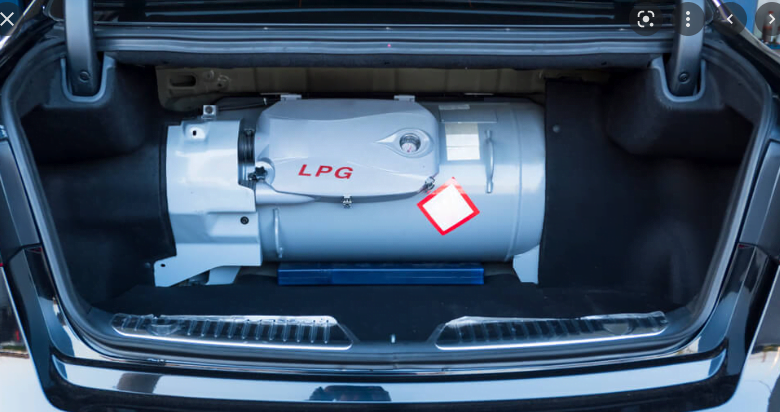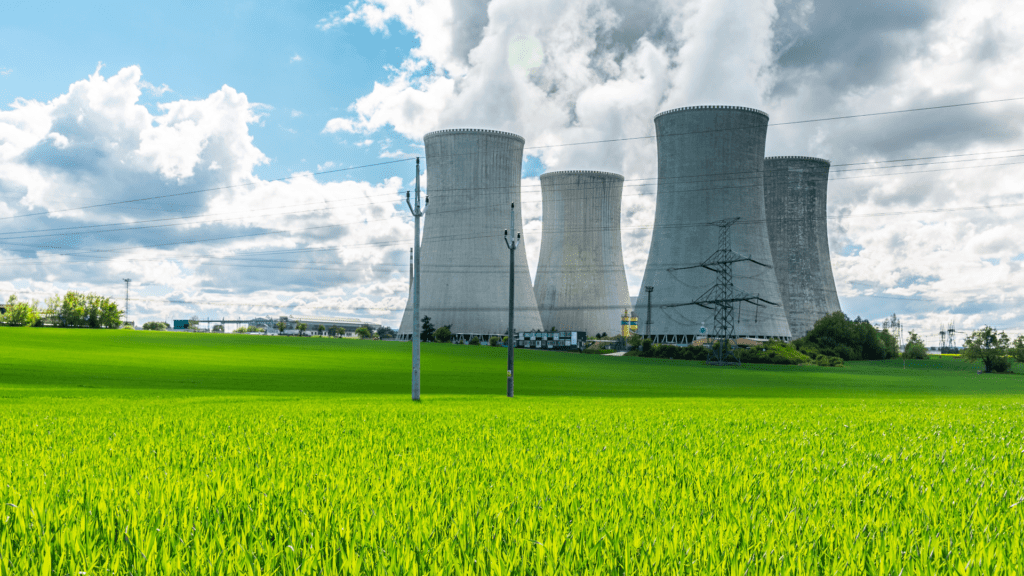
How We Can Keep The Lights On At Night.
Keeping the lights on at night is quickly becoming a top priority for Australian families. Due to Australia’s reluctance to embrace cutting-edge nuclear, gas-fired, and coal-fired technologies, they appear to believe that they will be able to get by with only solar and wind power generation and batteries capable of storing electricity for 1-2 hours.
I believe that people in Australia have done some math and are now realising that the optimal solar and wind generation times of day are similar, with a maximum output of 7 hours per day.
When you factor in the additional 1-2 hour capacity of massive battery installations, you end up with approximately 15 hours per day without electricity.
Reading books by candlelight during non-electricity times may be acceptable to candle manufacturers and retailers, but millions of people may not be pleased with the anticipated future situation.
A Solution is available to keep the lights on at night.
Australia’s abundant natural gas reserves, as well as its embrace of rooftop solar panels, provide an opportunity to investigate the potential of Solidpower’s Blue Gen Power Cells.
These innovative fuel cell units can generate electricity and heat on a continuous basis, complementing solar energy’s intermittent nature.
The Blue Gen Power Cells, also called the BLUEGEN BG-15, are micro-cogeneration devices that use an electrochemical reaction rather than combustion to turn natural gas (methane) into heat and electricity.
Utilising fuel cell technology, BlueGen units directly transform hydrogen extracted from natural gas into heat and electricity.
They can run on a range of fuels, such as synthetic gas, biogas, and natural gas with up to 20% hydrogen.
A single unit with a high overall efficiency can run continuously for up to 13,000 kWh of electricity and 7,400 kWh of heat per year.
The integration of these units with existing solar panel installations may address the challenge of ensuring a consistent energy supply during periods when solar generation is low or non-existent, such as at night or on cloudy days.
Using Australia’s natural gas resources, millions of households equipped with Blue Gen Power Cells could contribute gigawatts of electricity to the grid, supplementing daytime solar generation.
This hybrid approach, which combines solar panels and fuel cell units, has the potential to improve energy security while reducing reliance on traditional fossil fuel-based power plants.
The continuous operation of Blue Gen Power Cells ensures a consistent supply of electricity, while their high efficiency and nearly zero emissions make them an appealing option for environmentally conscious consumers. It’s surprising that this concept hasn’t been implemented across Australia sooner.
What happened to Ceramic Fuel Cells Limited?
When Ceramic Fuel Cells Limited (CFCL) went into voluntary administration in 2015, it was a sad day. The CFCL team packed their belongings and relocated to Europe, however it appears that their Blue Gen Power Cell units are currently doing incredibly well through a very interesting company called SOLIDpower.
SOLIDpower is a pioneering firm that today provides best-in-class solid oxide fuel cell (SOFC) technology for self-generation. Their products are the most efficient, thanks to over 20 years of technical experience and ongoing innovation in Italy, Germany, Switzerland, and Australia.
Their dependable built in Europe products are in thousands of households, contributing to the growing demand for decentralized and future-oriented energy production.
They have six manufacturing, assembly, and research sites in four countries: Italy, Germany, Switzerland, and Australia (Melbourne). Their company employs approximately 270 people.
The Amazing BlueGen Units
BlueGen, CFCL’s initial product, was roughly the size of a dishwasher and used unique solid oxide fuel cell (SOFC) technology to convert natural gas into electricity with very high efficiency.
The BlueGen units were designed to run continuously; each unit would create 1.5kW or around 13,000 kilowatt hours of electricity per year, which was roughly twice the annual requirement of the average Australian residence at the time.
The surplus was able to be exported back to the electrical grid. The BlueGen units also generated enough heat to provide 200 litres of hot water per day, which is equivalent to the average home’s daily hot water requirements.
CFCL was a Melbourne-based Australian Fuel Cell Technologies firm that developed world-leading sustainable energy technology.
It was established in 1992 by a consortium of the CSIRO, premier industrial firms, and government agencies.
They worked hard to provide the globe with dependable, energy-efficient, high-quality, low-emission electricity generated by natural gas and renewable sources.
CFCL was working on SOFC products for small-scale on-site micro combined heat and power systems, as well as distributed generation units that generate electricity and heat for household use. It was the first week of March 2015 that the business announced the appointment of voluntary administrators.
At its headquarters and research centre in Noble Park, Melbourne, the company employed between 100 and 150 people. Its technology was developed in Australia and all intellectual property was entirely owned at the time.
The Company had invested more than $250 million in developing its technologies and goods prior to their demise in Australia. Ceramic Fuel Cells was listed on the Australian Securities Exchange and the AIM market of the London Stock Exchange.
Where did it all go wrong?

Although many individuals, including myself, were and continue to be tremendous admirers of the BlueGen units, many others did not believe this was the best product to invest in and support.
Although I’m not certain, I believe the criticism and lack of support stemmed from the fact that it was powered by fossil fuels (methane), that not all energy providers offered a feed in tariff to households or businesses that installed the units, and that the units were then quite expensive; I’ve read comments about them costing between $30,000 and $40,000.
We made a mistake, it happens

I’m sure the cost of the units would have come down quickly enough once demand for these units was big enough to justify greater production, similar to how the cost of solar systems for our homes has come down dramatically over the years.
So, for the time being, forget about the expense of the units and consider how they can aid Australia now. Australia has over 2.8 million residences with solar panels on the roof, but as we all know, these homes only support the grid when the sun shines.
We’re experience major energy issues and if we continue on our current route, we will soon have no coal-fired power plants, and I’m curious how we will keep the lights on at night, as wind turbines are only going to work when the wind is blowing.
We’re a little too ignorant to embrace nuclear power and we’d like to contemplate gas-fired power generation, but because we appear to be unable to manage the greed of the Gas Cartels, the cost per megajoule will continue to rise, making that alternative prohibitively expensive.
What if we had 2.8 million homes outfitted with BlueGen devices powered by Synthetic Gas that ran continuously? If we have 2,800,000 households supplying 1.5 kilowatt hours of power at night, that’s 4.2 GWh, especially when the sun isn’t shining. I may not be the sharpest knife in the drawer, but I believe that would be beneficial.
Then, if the Synthetic Gas powering these BlueGen units was derived from the processing of our garbage, I’m thinking that might be a more environmentally friendly means of generating power.
Is there a path going forward with BlueGEN fuel cells?

The 2.8 million homes that currently have solar panels on their roofs and provide grid energy when the sun shines could be converted to 24/7 domestic power generators by using BlueGEN Fuel Cells. These homes would need to either upgrade their current inverter or install a second inverter for the BlueGEN, which I believe most people would be fine with. It could probably be built into the price of the BlueGEN anyway. The government could then do the same thing it does with solar installations and subsidise the total costs, potentially cutting the overall cost in half.
The main impediment to this idea is that the BlueGEN units require gas, and even though they only use a small amount of gas, Australia is currently experiencing a major energy and fuel crisis, and the current cost of natural gas is now intolerable, making this idea impractical. That is, unless the government subsidises natural gas supply costs for homes that only use the gas to power the BlueGEN Units.
If the government refuses to subsidise gas supply to homes, they must devise a method to prevent oil and gas companies from charging the current rates for methane gas. The cost of gas to homeowners providing power to the grid via BlueGen units would far outweigh any money they could make through the feed in tariff to their energy retailer.
The feed-in Tariff is a terrible joke in Australia; it has been cut so many times by energy retailers that it is absurd. When they do reduce the feed in tariff rate, they send homeowners a letter explaining that the reason they need to reduce the feed in tariff rate is because they no longer require their specific supply of energy as much (if only that was true).
Isn’t it ironic that during this recent energy crisis, the reason for raising the cost per unit of energy is a lack of supply due to various global problems? (No needs to mention the specifics, we all know what they are). So why wouldn’t that increase the value of a home-based power supply? Why have feed-in tariffs not been raised during the energy crisis? If they had, and if they were willing to lock in better feed in tariff rates for 5 years, there would be even more people investing in solar panels and other grid-feeding technologies such as these very unique BlueGEN units.
Sure, the output of the BlueGENs needs to be improved to sweeten the deal, but until Australia solves all of its problems and embraces the obvious solution that is Nuclear Power, this very practical solution for providing energy when the sun doesn’t shine, the wind doesn’t blow, and does not require damming off rivers should be adopted and implemented immediately.











[…] Australia that they could simply construct a number of new, much cleaner coal-fired power plants to keep the lights on. The good news for countries like Australia should they consider building new clean technology […]
I’d really appreciate some ‘on-topic’ feedback on this article. People appear to be too fixated on the fact that the BlueGEN units currently produce only 1.5kw/hr. We appear to have forgotten how quickly technology changes, particularly technology that the world requires. My gut feeling is that the BlueGEN units for homes will produce 3kw within the next few years, and perhaps we should base our comments on that assumption. It would also be great to hear from the manufacturer; if there is any additional information they can share, I hope they are willing to share it.
If Australia refuses to accept BlueGEN units, it must surely continue to rely on coal-fired power plants and build more of them, or build many new gas-fired power plants, or switch to nuclear.
I make no secret of my belief in Modular Advanced Fast Neutron Reactors as the future of global power generation. It’s an incredibly exciting technology that, in my opinion, must become a part of Australia’s future as soon as possible. When we combine this wonderful technology with the pyro-chemical processing of any spent fuel to create new fuel, I’m left wondering, “Why is Australia so stupid about this stuff?”
For a country with so many brilliant people, we certainly do not act brilliantly when it comes to big-ticket technology, and it simply does not make sense.
If understanding Nuclear Power is too difficult for politicians, arrange for an educator from another country to come here and educate our political minds. Australian voters don’t expect our politicians to know everything about everything but we do wish they could or would act in the best interest of the people that live here, please.
[…] https://www.healthisrock.com/keep-the-lights-on-at-night/ […]
[…] 5. KEEP THE LIGHTS ON AT NIGHT […]
[…] 6. https://www.healthisrock.com/keep-the-lights-on-at-night/ […]
[…] 5. KEEP THE LIGHTS ON AT NIGHT […]
[…] who are financially involved could stand to make billions of dollars. The market for keeping the lights on at night/PM generation in Oz is wide open because the country is unwilling to invest in advanced nuclear […]